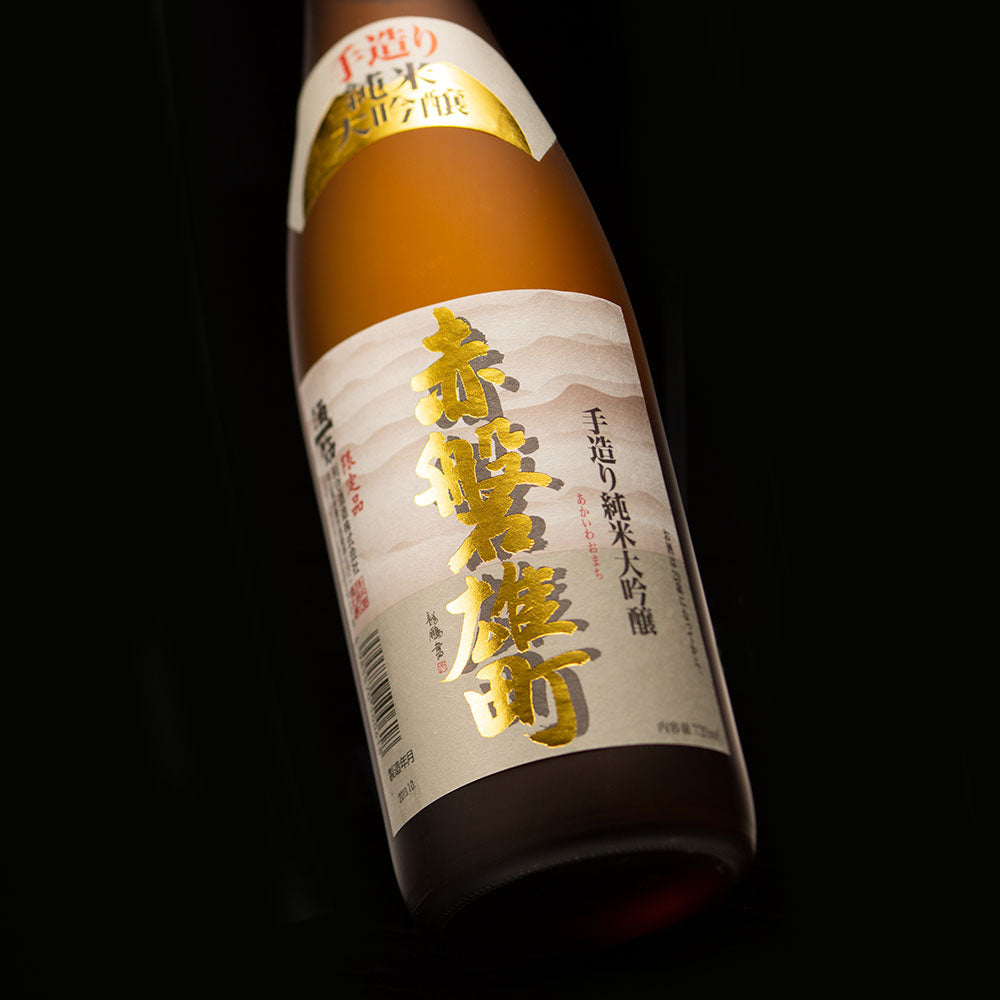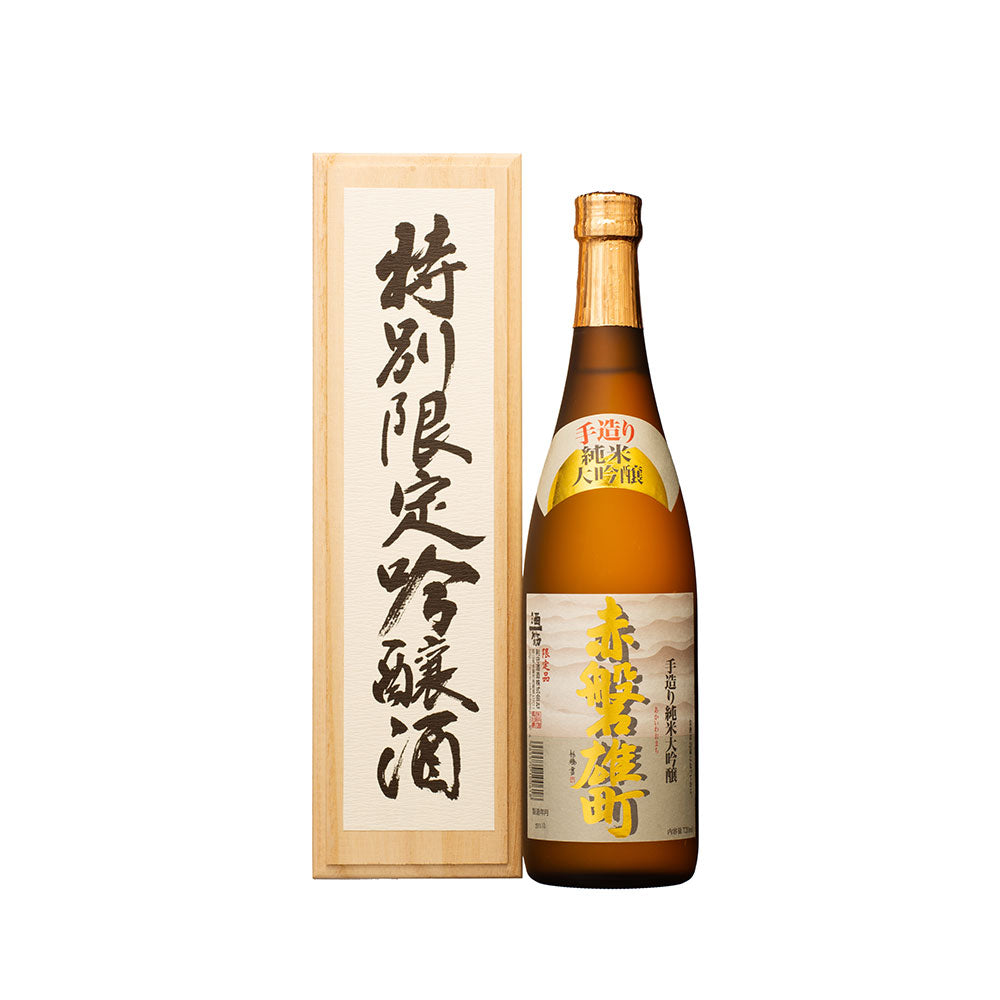-
 >
>
- Product list >
- Sakehitosuji Akaiwaomachi Gold Junmai-daiginjo (720ml)
Sakehitosuji Akaiwaomachi Gold Junmai-daiginjo (720ml)
詳しく見る
- *All prices shown are the product prices from the Japanpage:.
- *Product price can be shown in multiple currencies as reference values.
- *Payment should be made in Japanese yen.
- *After filling in delivery address, grand total (product price + shipping cost (packing + shipping + insurance) +tariffs & taxes) will be shown on the shipping cart page.
- *All prices shown are the product prices from the Japanpage:.
- *Product price can be shown in multiple currencies as reference values.
- *Payment should be made in Japanese yen.
- *After filling in delivery address, grand total (product price + shipping cost (packing + shipping + insurance) +tariffs & taxes) will be shown on the shipping cart page.
Awards
International Wine Challenge (IWC)2019 Junmai Ginjyo Division Silver
International Wine Challenge (IWC)2019 Junmai Ginjyo Division Trophy
International Wine Challenge (IWC)2019 Junmai Ginjyo Division Gold
Once referred to as the king of rice for sake brewing, the legendary "Omachi" has now been brought back and polished to 38% before brewing to create "Sakehitosuji Akaiwaomachi Gold Junmai-daiginjo", the pinnacle of sake in the "Sakehitosuji" brand. The taste of sake is decided by the rice used to brew it. Omachi rice has large grains with sizeable cores, and koji bacteria takes well to it, which is why it is regarded as the ultimate rice for making sake, but it is difficult to grow, which lead to dwindling production. For a time it faded to legend until "Omachi" rice was brought back again by this brewery and polished generously to create this sake, filled with the flavor of the rice. At the "International Wine Challenge (IWC)2019", the highest judging authority on wines in the world, the brand was honored with a trophy as the top brand among recipients for the gold medal for Junmai Daiginjo, making it truly one of the top Junmai Ginjo in the world.
Pairing food proposed from Vendor
Minced mackerel, grilled chicken, shabu-shabu pork
About "Sakehitosuji"
Using local rice and water, and fermented with the natural climate of the region, this sake shows the true possibilities of local sake. By reviving the legendary Omachi rice from the local Okayama region, and generously polishing it, they have created the Sake Issetsu brand. It has a well-rounded and elegant taste.
Recommended temperature
- Atsukan (50 - 55℃)
- Jokan (45 - 50℃)
- Nurukan (30 - 40℃)
- Room temperature (15 - 20℃)
- Hanabie (10℃)
- Yukibie (5℃)
Type


Tag
Appearance
-
Clarity
Transparency
Hazy
-
Colour
Colorless
Dark brown
-
Intensity
Water
Deep
Nose characteristics
-
Intensity
Low
Strong
Taste characteristics
-
Light / Body
Light
Body
-
Sweet / Dry
Sweet
Dry
-
Simple / Complexity
Simple
Complexity
-
Acidity
Low
High
-
Umami
Low
High
-
Finish
Low finish
Long finish
Aroma and flavor
Detailed information
| Volume | 720ml |
|---|---|
| Size (L W H) | 8.0 x 8.0 x 30.0 cm |
| Weight | 1.1kg |
| Ingredients | Rice, Rice koji, Water |
| Region | Okayama |
| Alcohol content | 16%vol. |
|
Sake Meter Value
|
+4~5 |
|
Acid level
|
1.4 |
|
Polishing ratio
|
38% |









